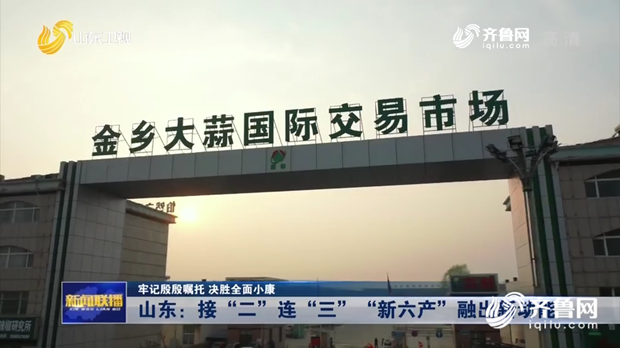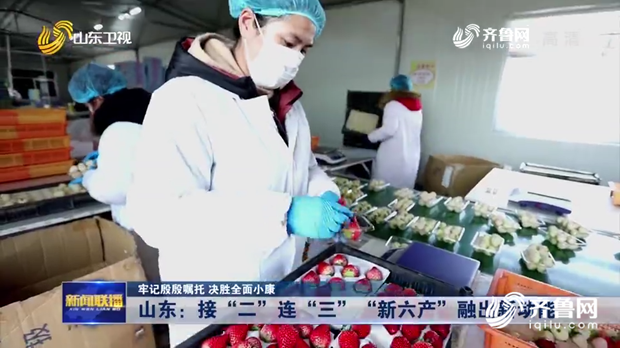New business models fuel Shandong’s agricultural sector
(chinadaily.com.cn)|Updated : 2020-03-11
Shandong, a province known for its strong agriculture industry, has been promoting new business models in the agricultural sector.
Jinxiang county, located in Shandong, is a major garlic producer. A big data platform receiving 50 million yuan ($7.17 million) in investment has been introduced to make garlic production, processing, and circulation more efficient.
“The platform integrates data such as garlic distribution, price indexes, and trading quotations, and connects with more than half of professional wholesale markets for agricultural products in China,” said Liu Jie, manager of the Jinxiang garlic international trading market.
“Through the big data platform, farmers can easily learn the prices of garlic, processing enterprises can purchase garlic easily, and terminal clients can buy garlic quickly and efficiently, helping avoid backlogs,” said Zhao Yan, vice manager of the Jinxiang garlic international trading market.

The Jinxiang garlic international trading market in Shandong [Photo/iqilu.com]
Information management has greatly improved the integrative abilities of the garlic industrial chain in Jinxiang. In 2019, the revenue generated by the local garlic trading market reached 12 billion yuan.
In addition, Wanheqicai, an agricultural technology company in Weihai, has established a modern standard planting model.
In just three months, the company’s 66.67-hectare strawberry plantation generated 8 million yuan in revenue.
“More valuable than the strawberries themselves are management models and data,” said Wang Wei, manager of Wanheqicai.

Workers package strawberries at a Wanheqicai plant in Weihai, Shandong province. [Photo/iqilu.com]
Last year, a cooperative from Tianjin reached out to Wanheqicai to buy strawberry seedlings after learning that the company had the most expensive strawberries in the country. But Wang ended up selling the cooperative a management package instead.
“Standardized agricultural workshops can produce consistent quality products,” Wang said, adding that his company offers seedlings, planting technology training services, and market planning assistance to help farmers boost revenue.
“Industrial thinking, business thinking, and scientific and technological thinking are the most important ingredients for improving the competitiveness of the agricultural industry,” Wang said.
“This new model is the result of innovation and it meets the requirements of modern agriculture,” said Liu Tongli, an agricultural and rural affairs consultant in Shandong.












